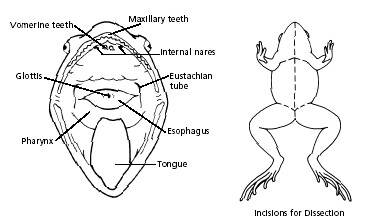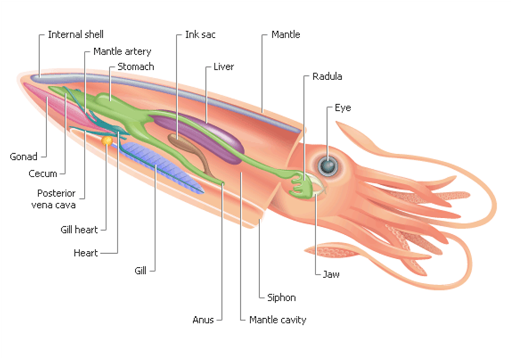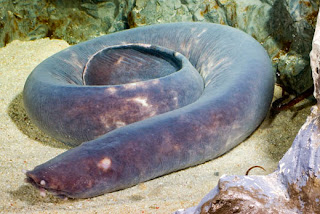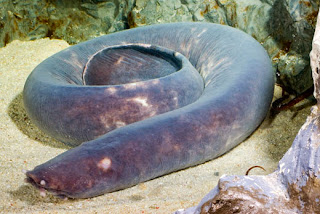Frog:

A frog's skin can absorb water and oxygen, integrating with its respiratory system. The frog's skin is an absorbent surface, allowing the frog to intake more than 25% of its daily oxygen supply and to exhale most of the carbon dioxide produced. The skin is covered with a layer of mucus, allowing it to absorb oxygen from the air. A frog's skin is thin, with blood vessels close to the surface for transport of oxygen and carbon dioxide. This relationship is advantageous for frogs, as it is the only form of respiration they use while hibernating.
















































